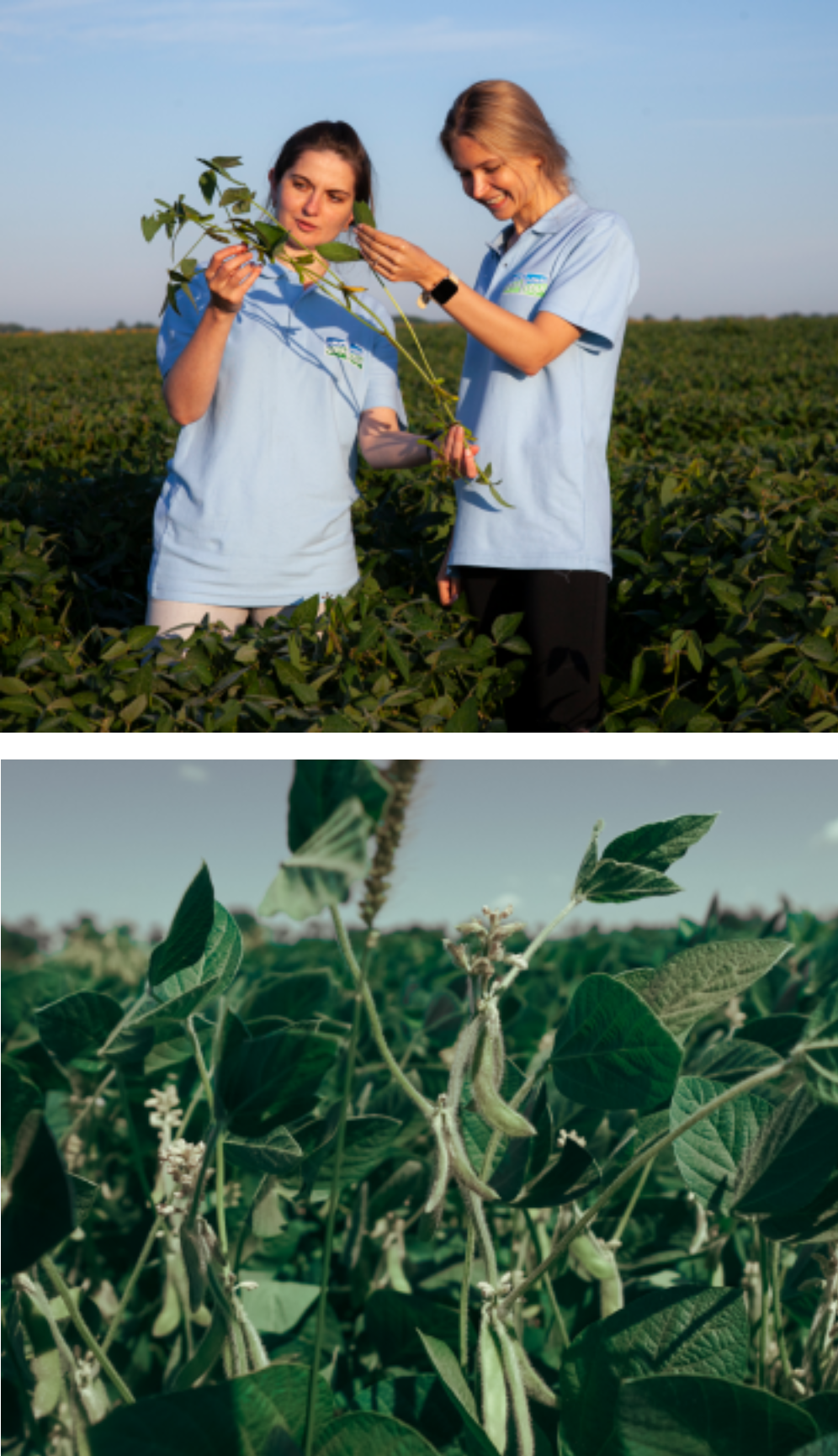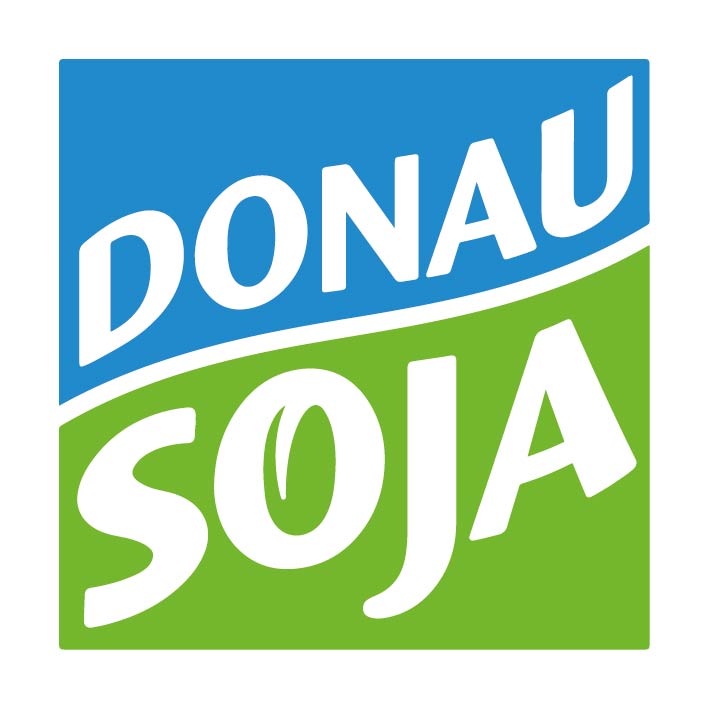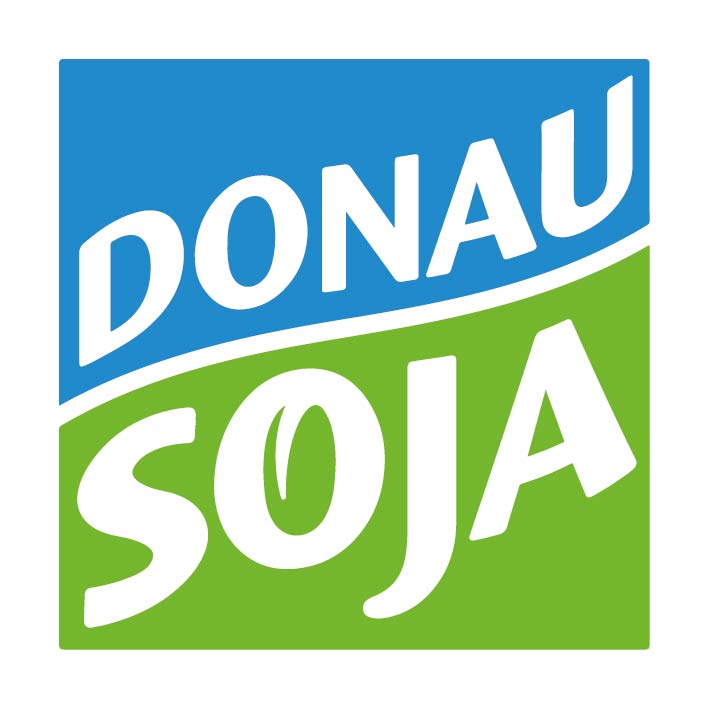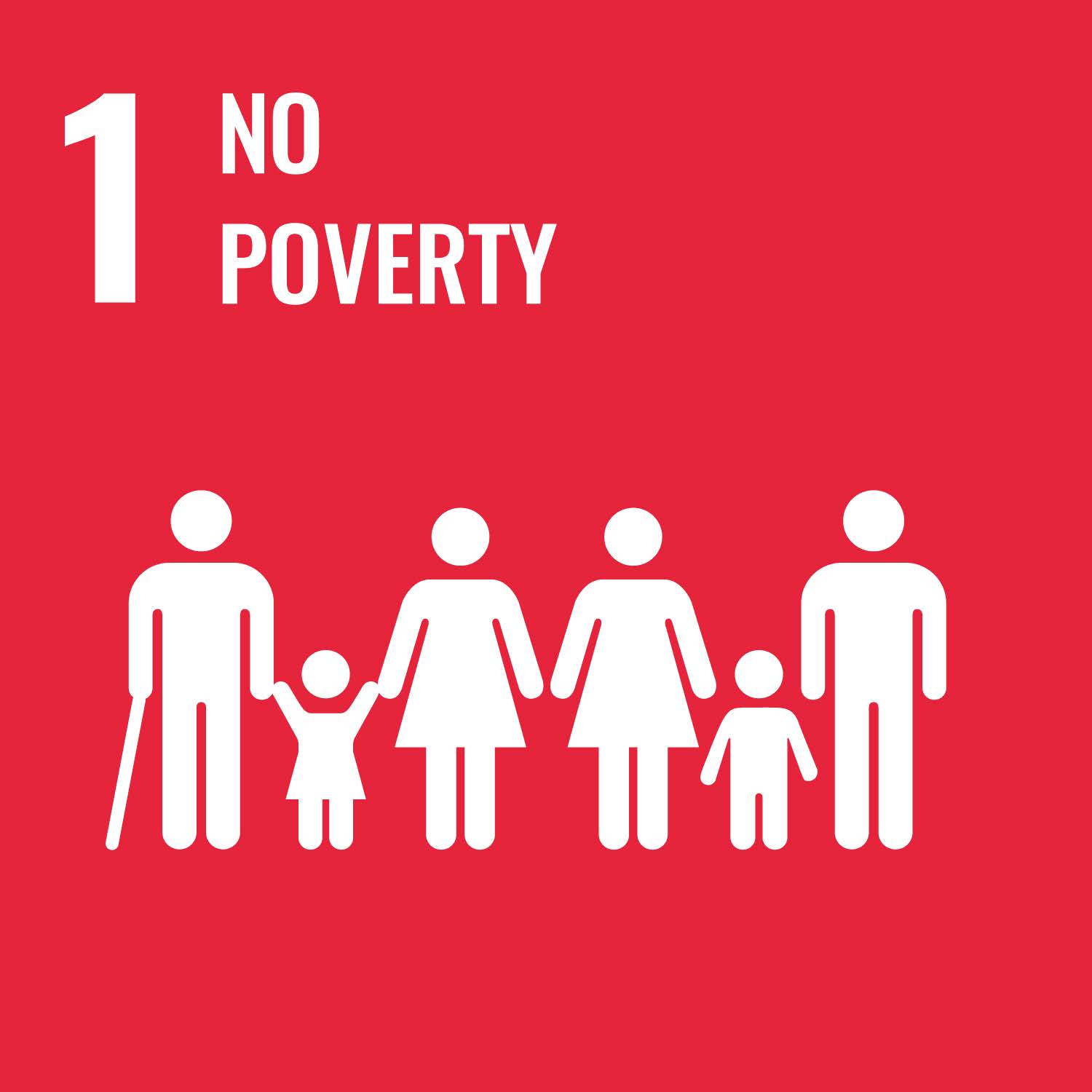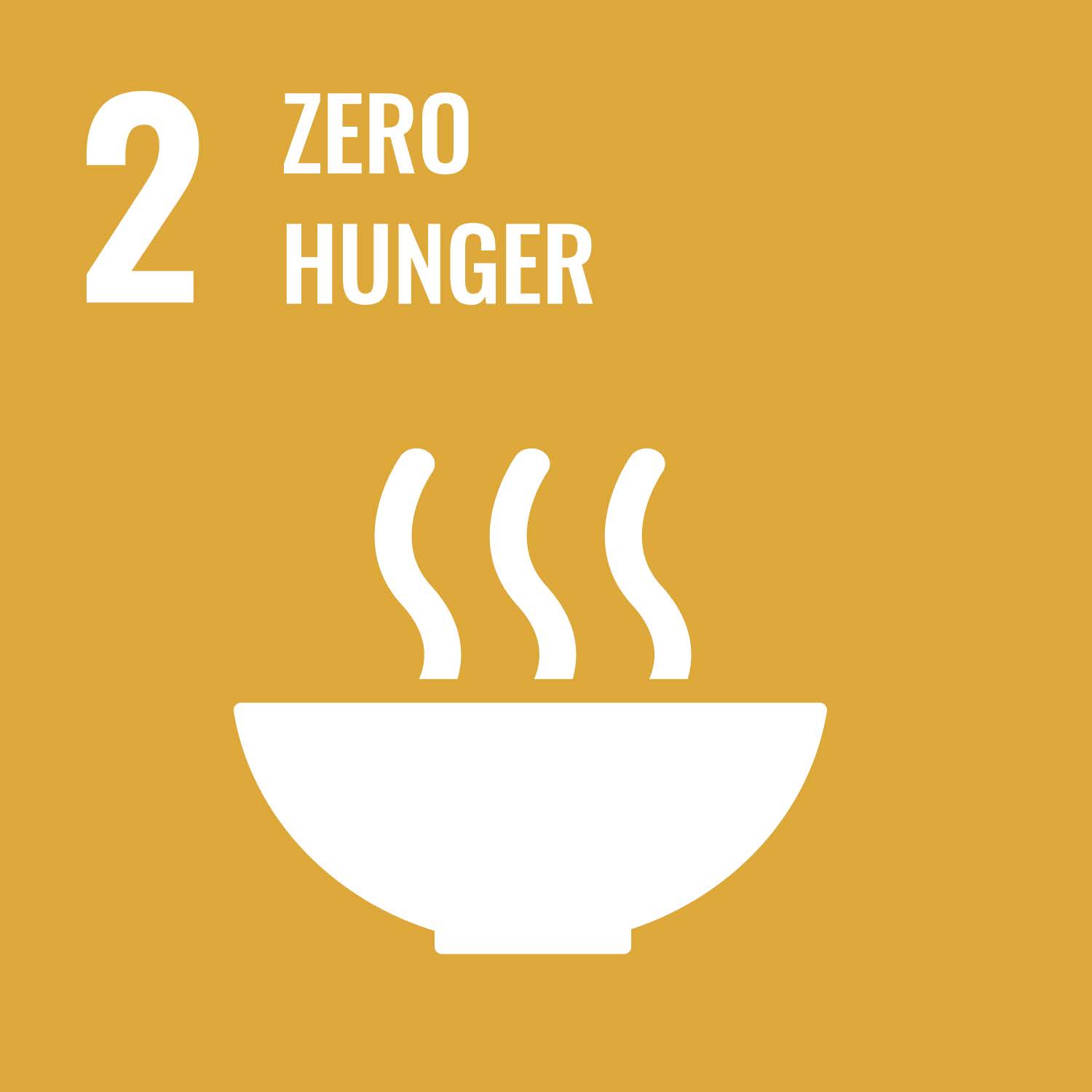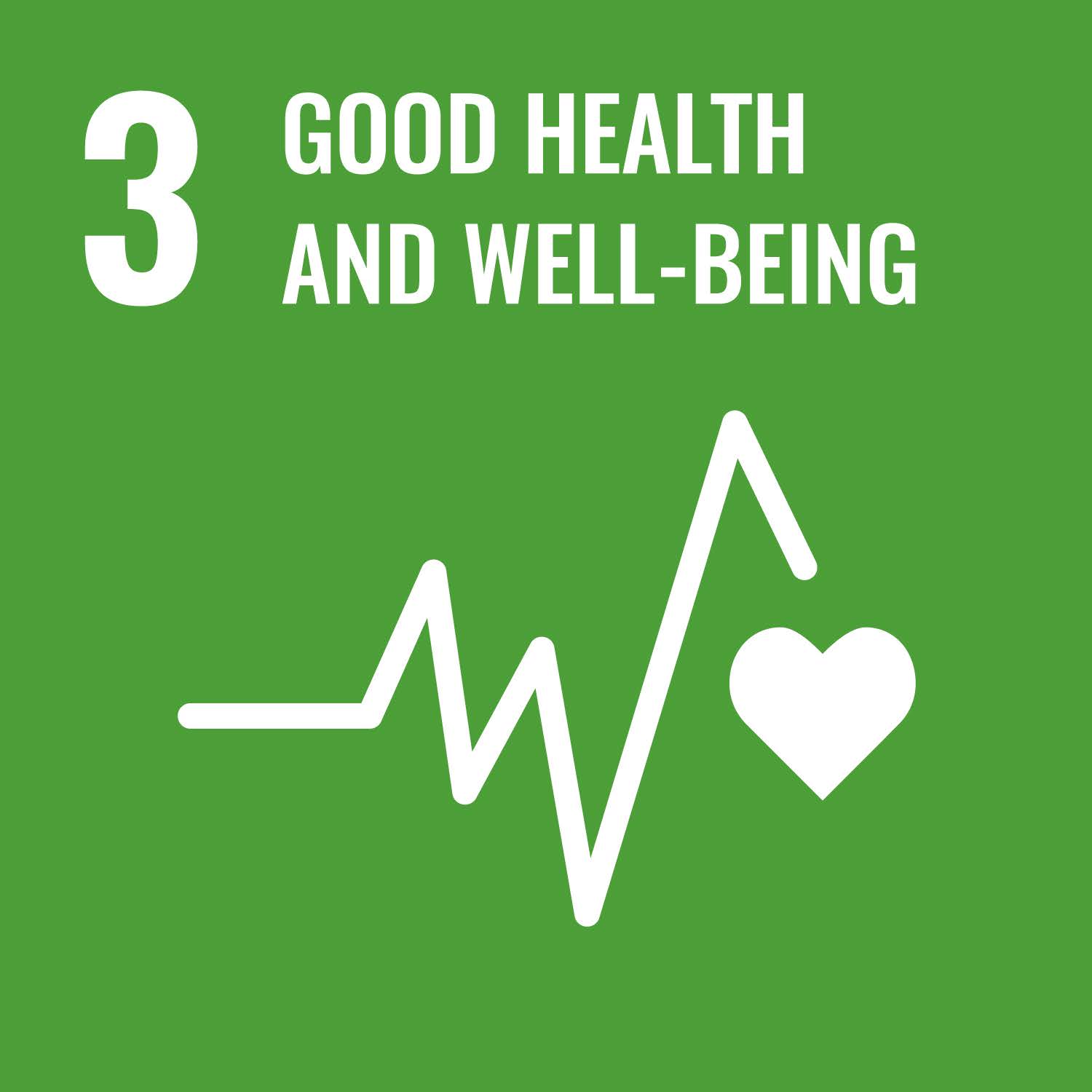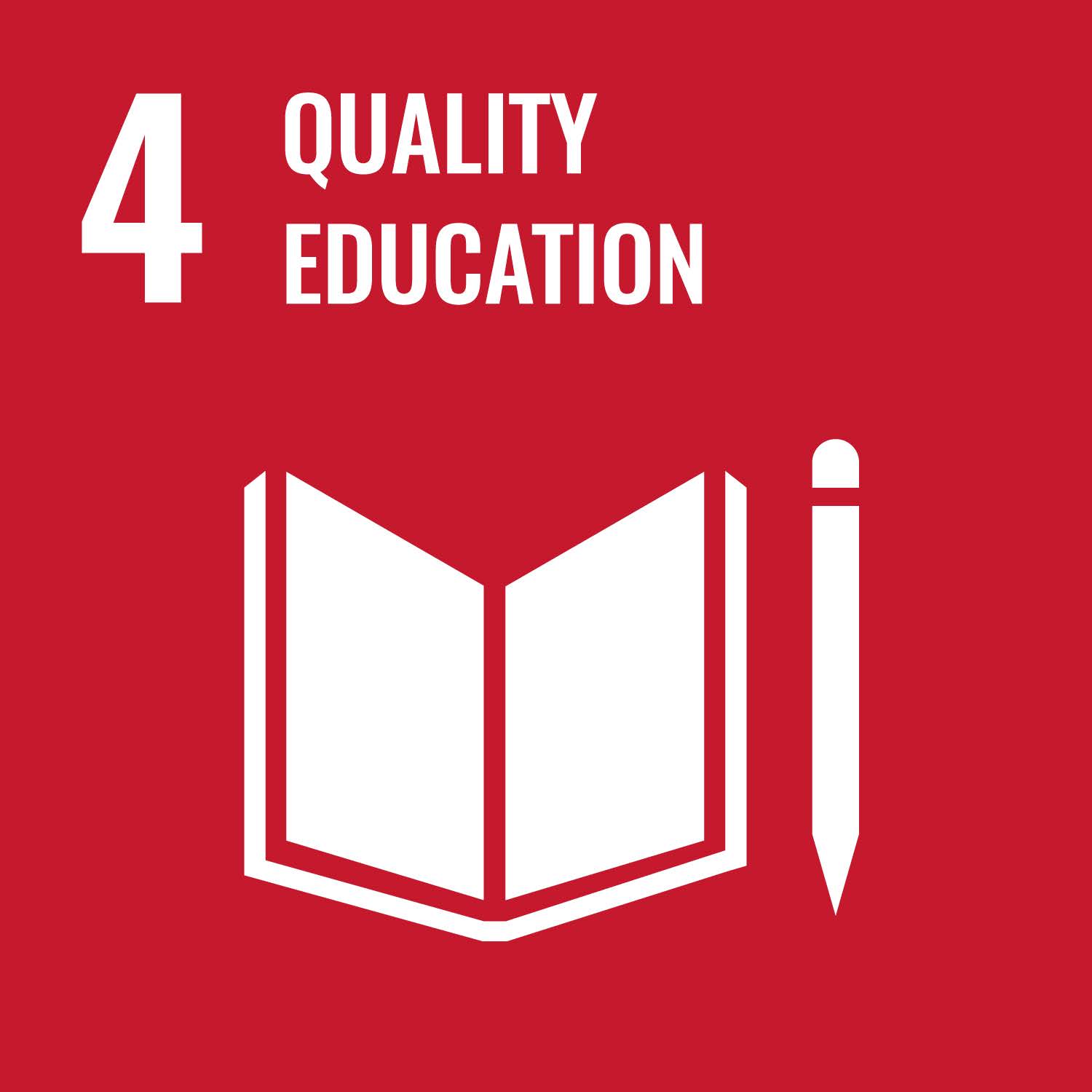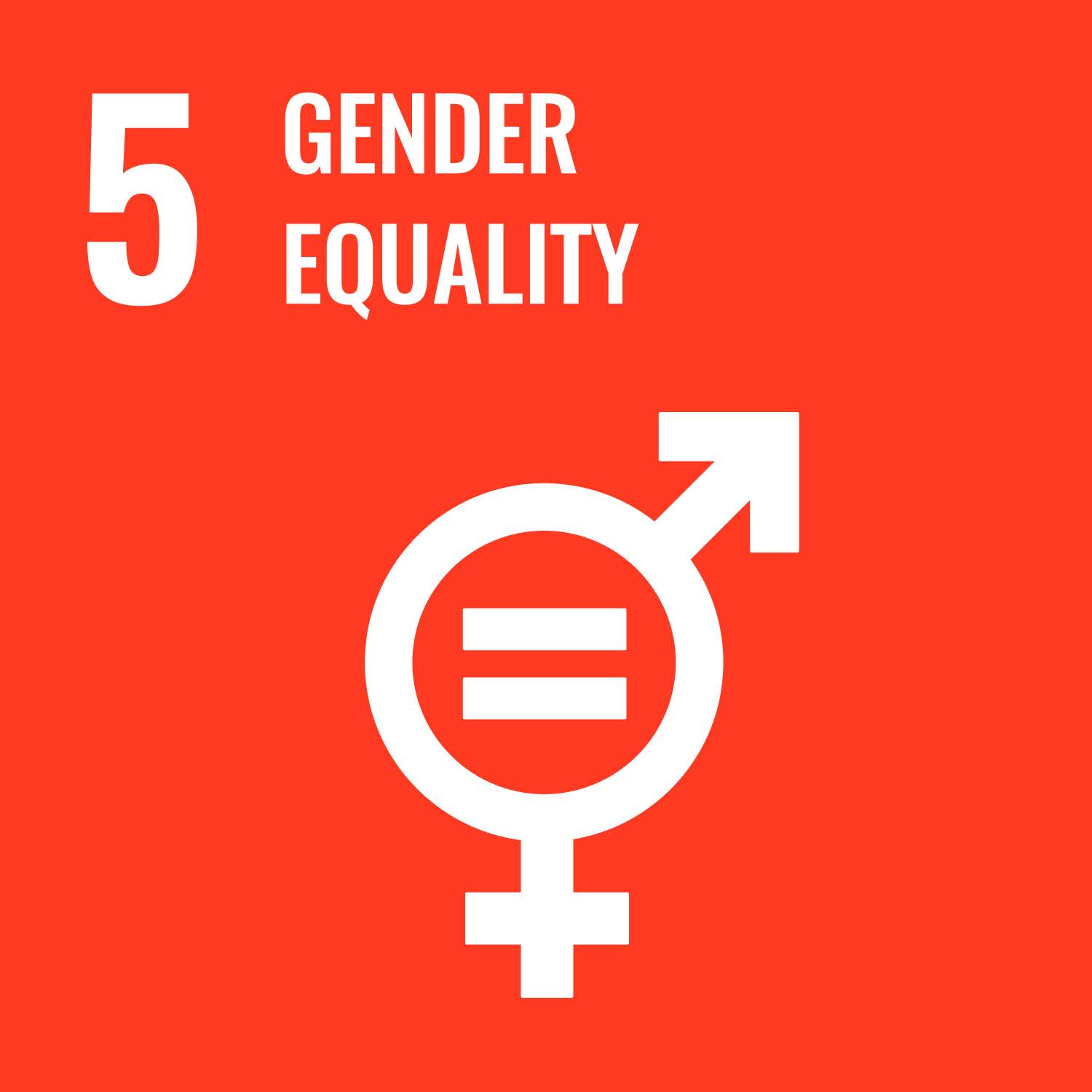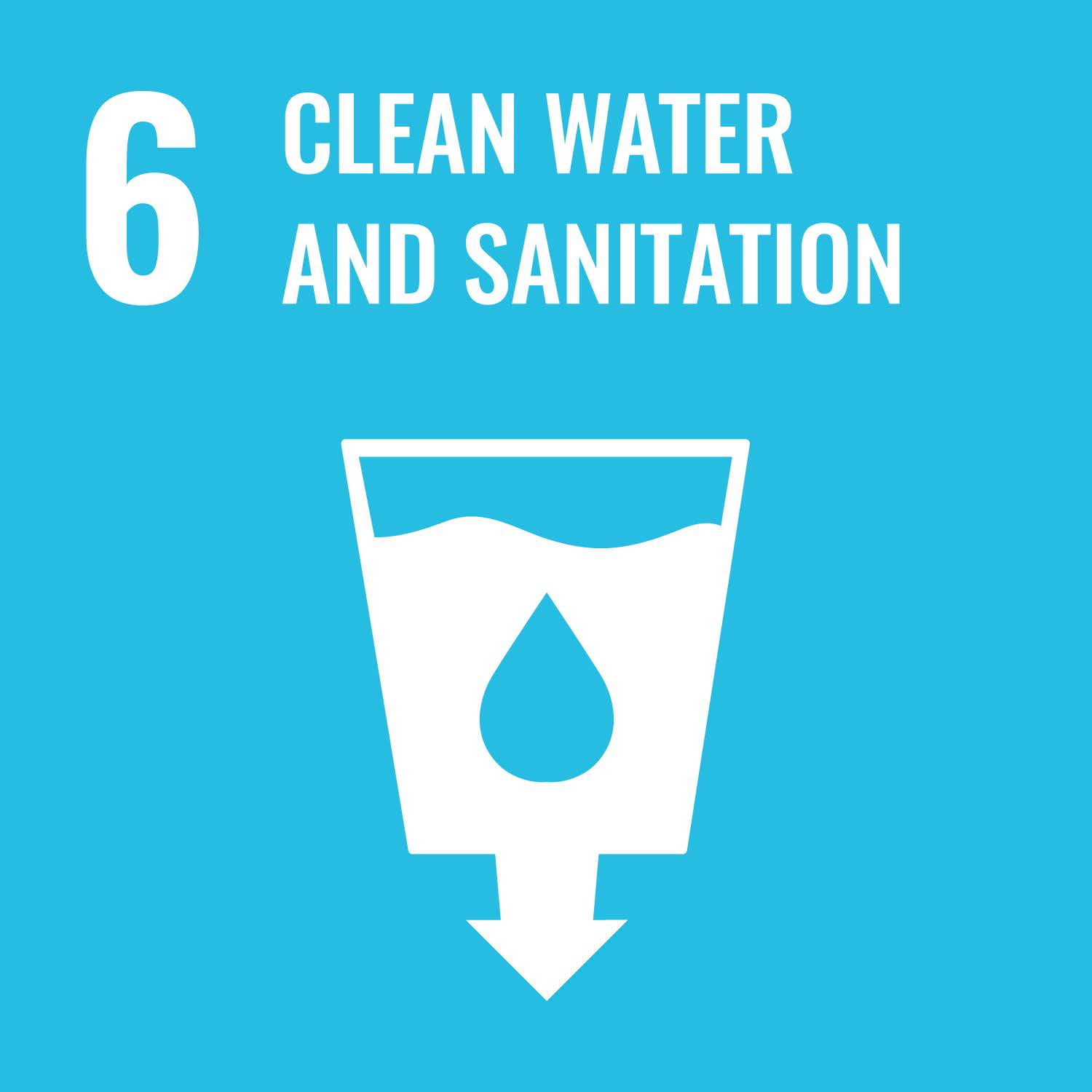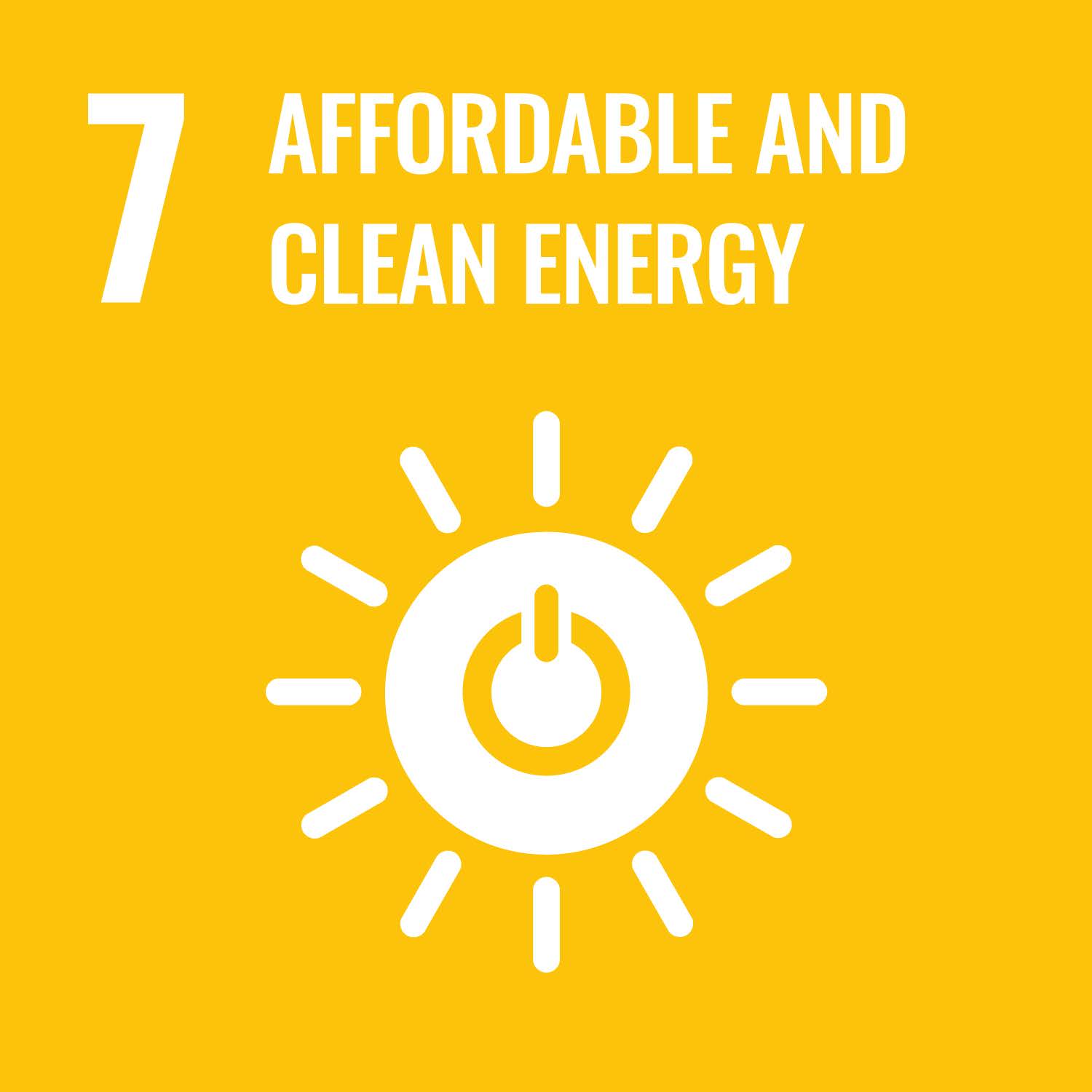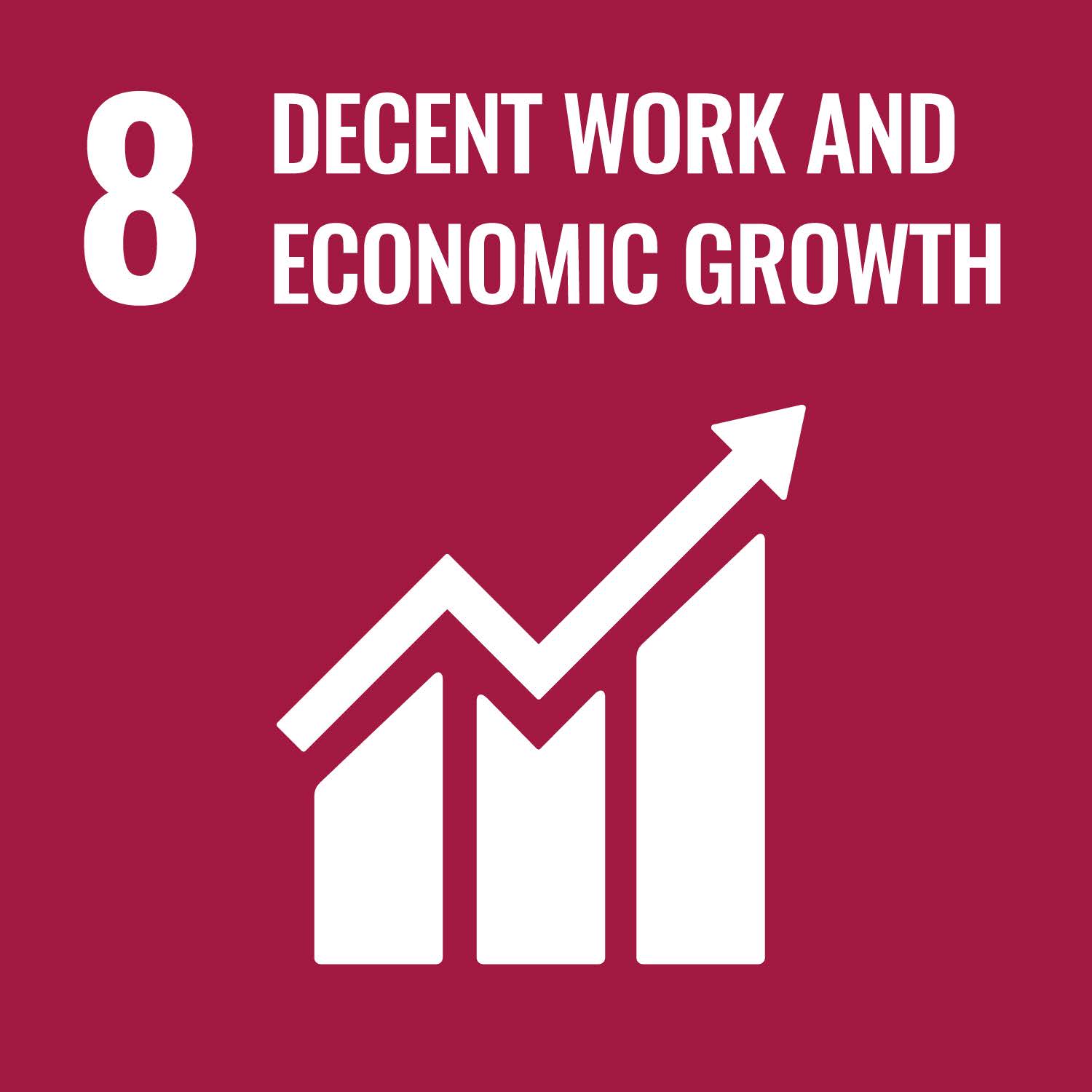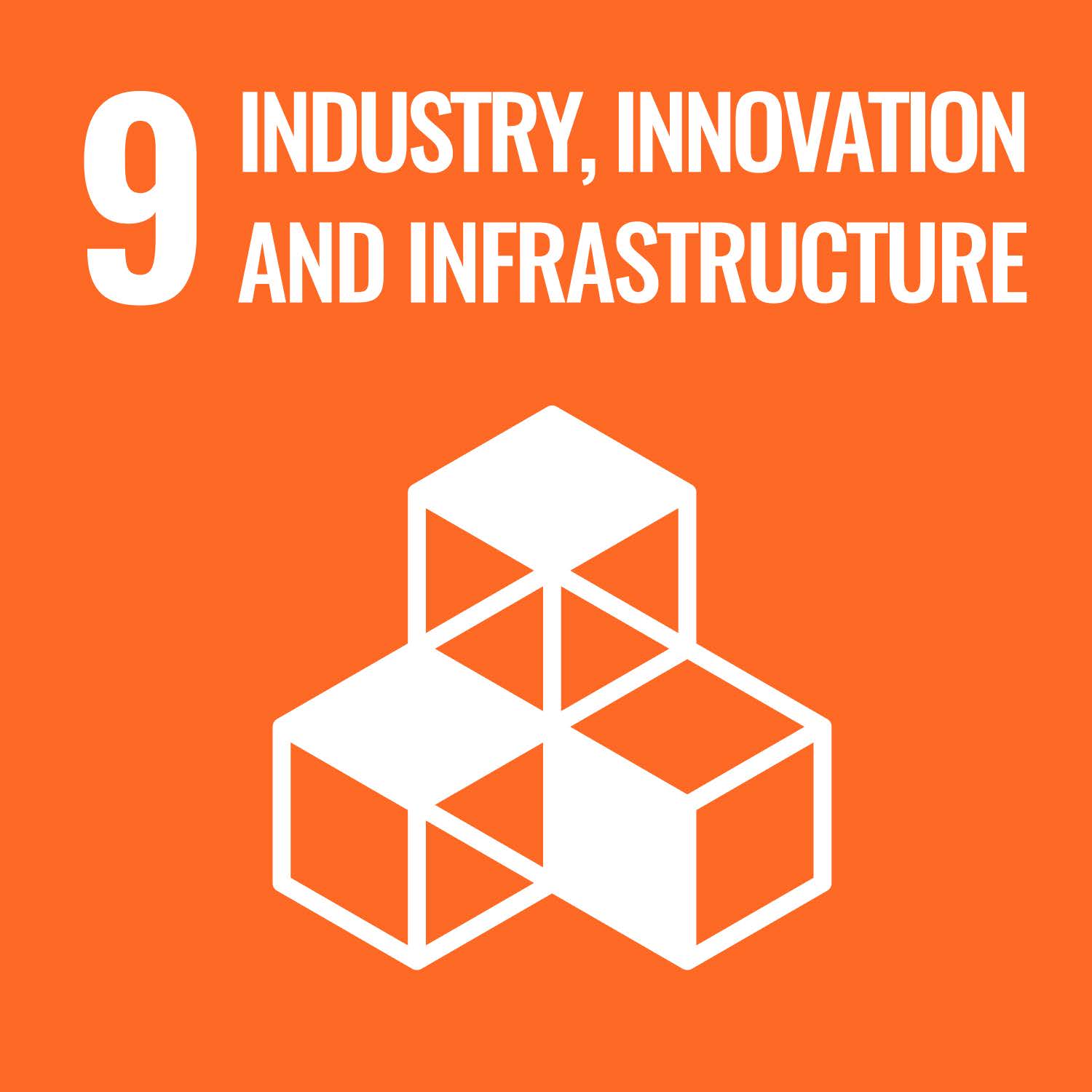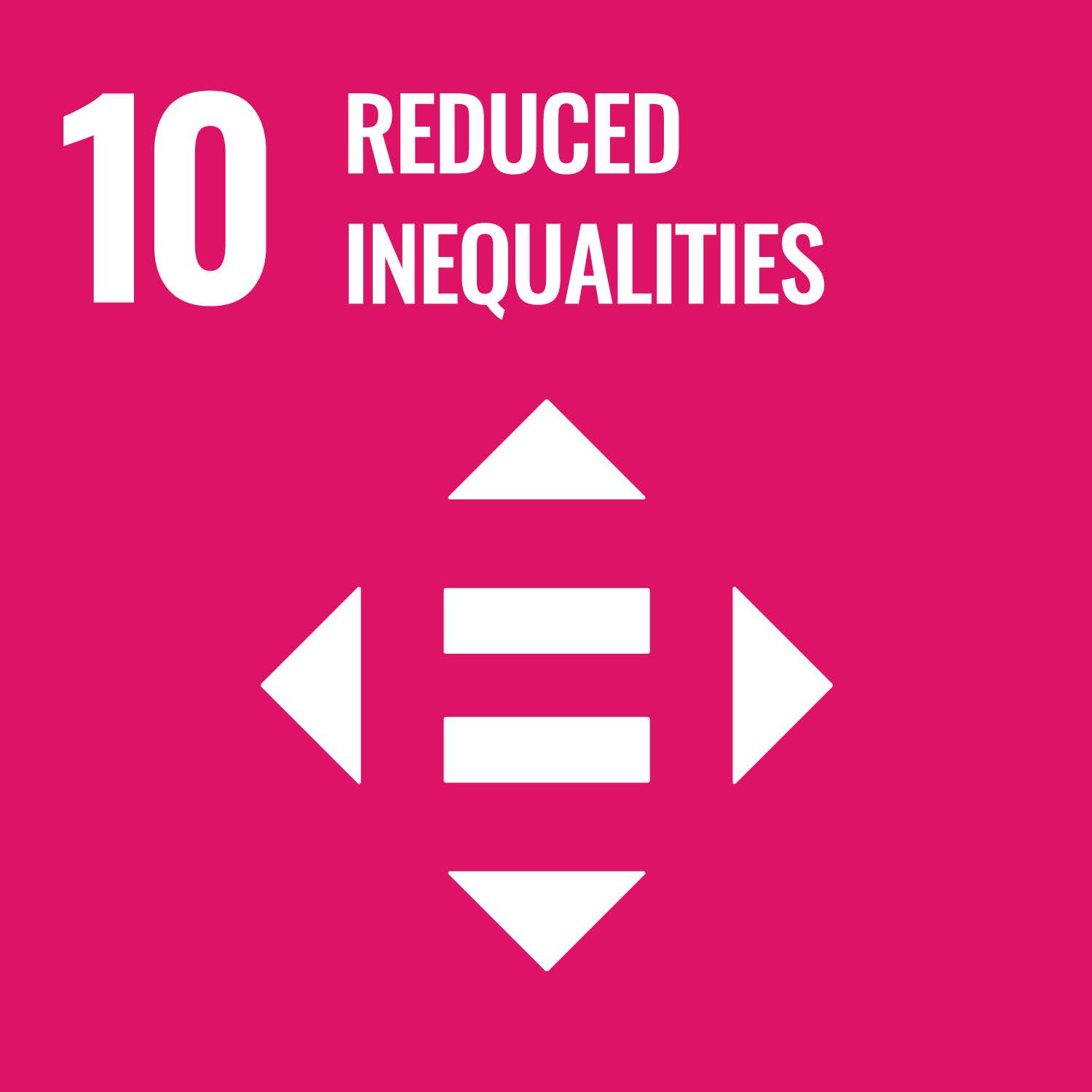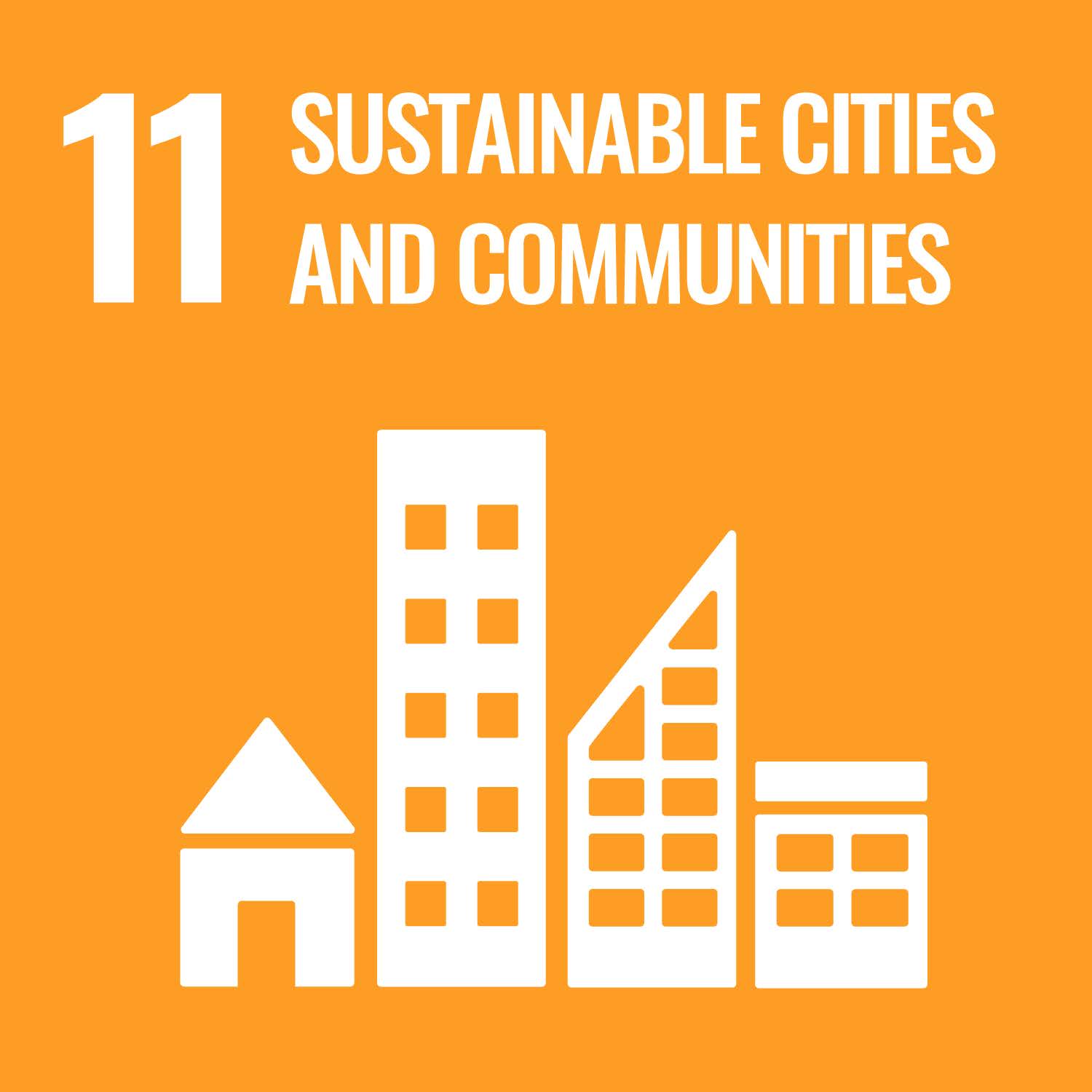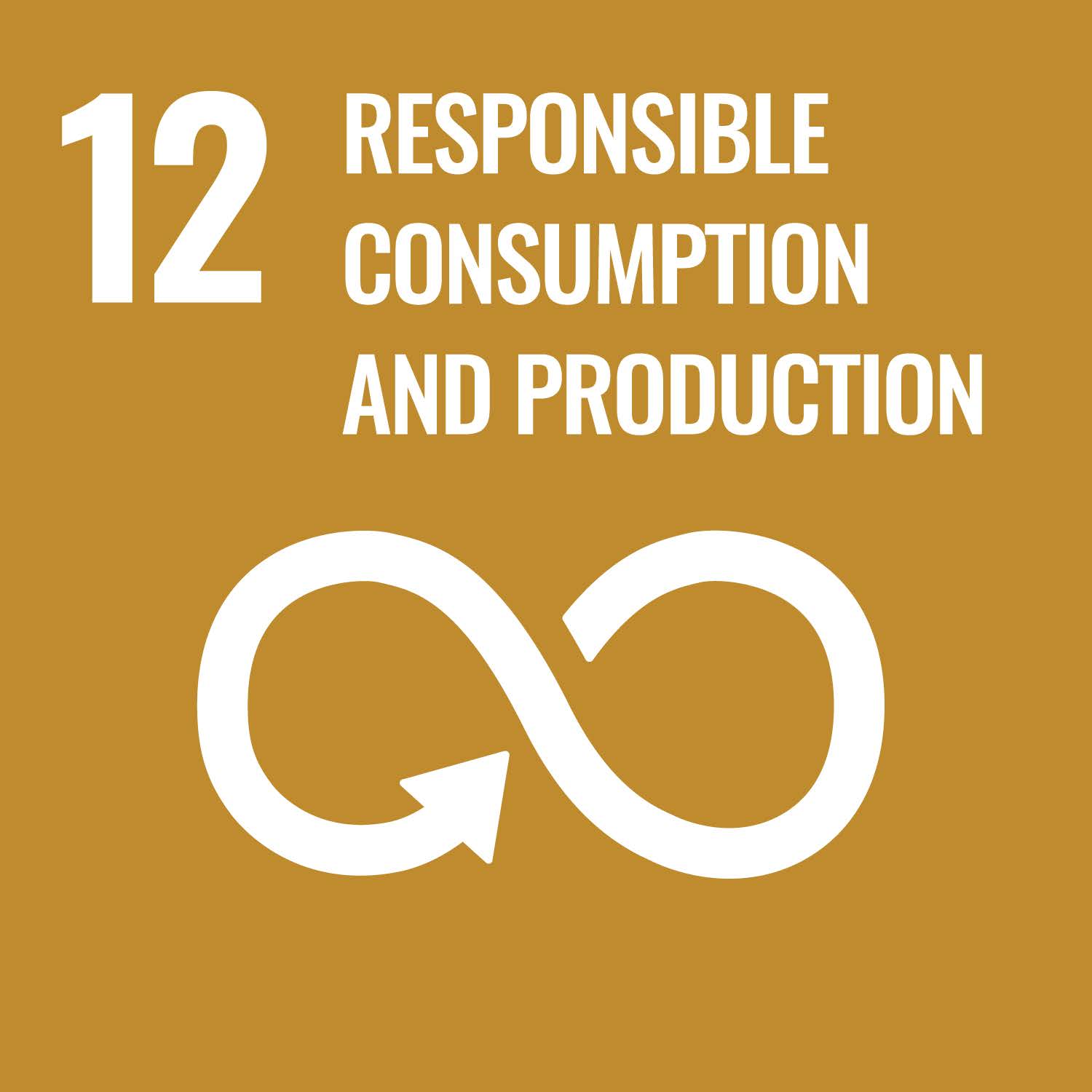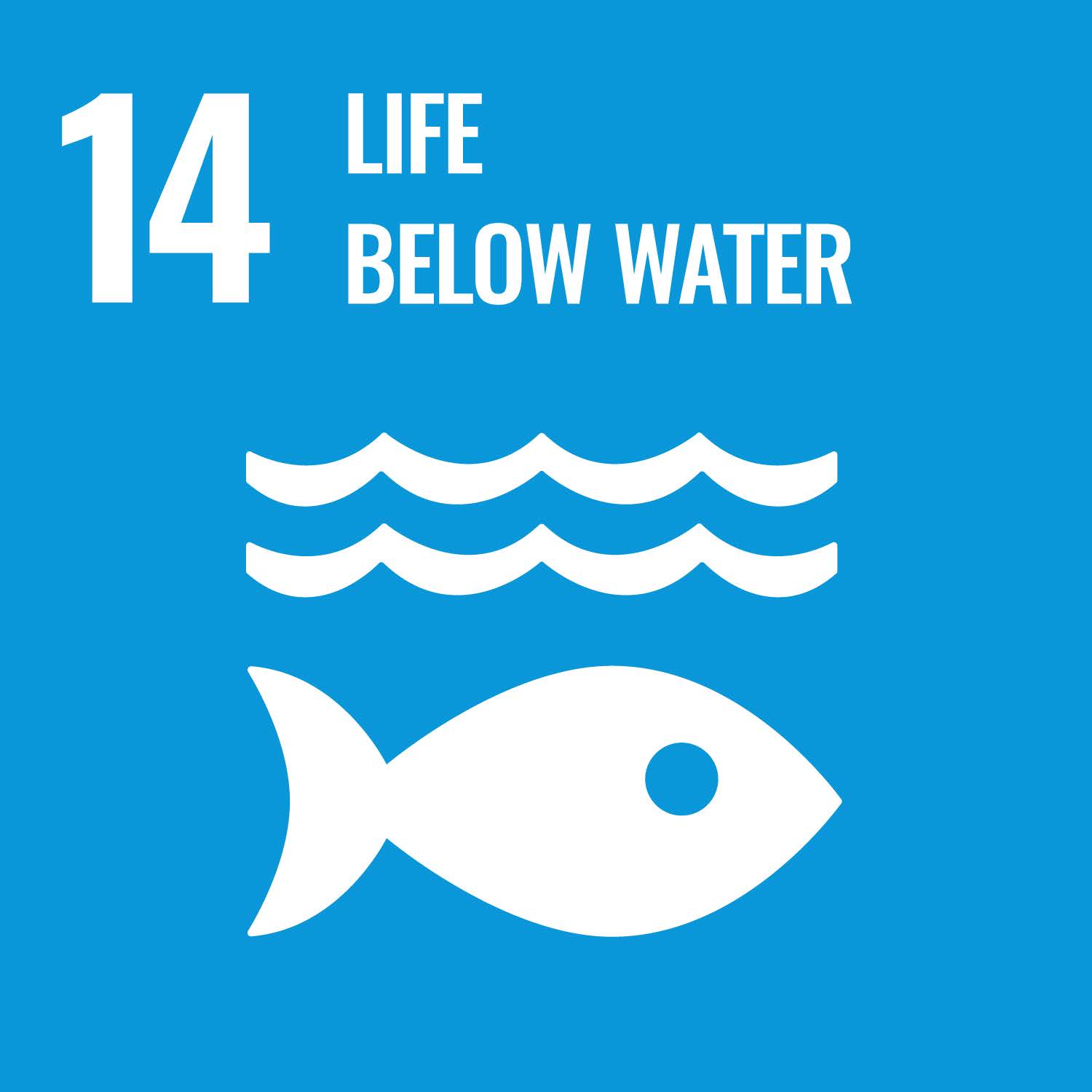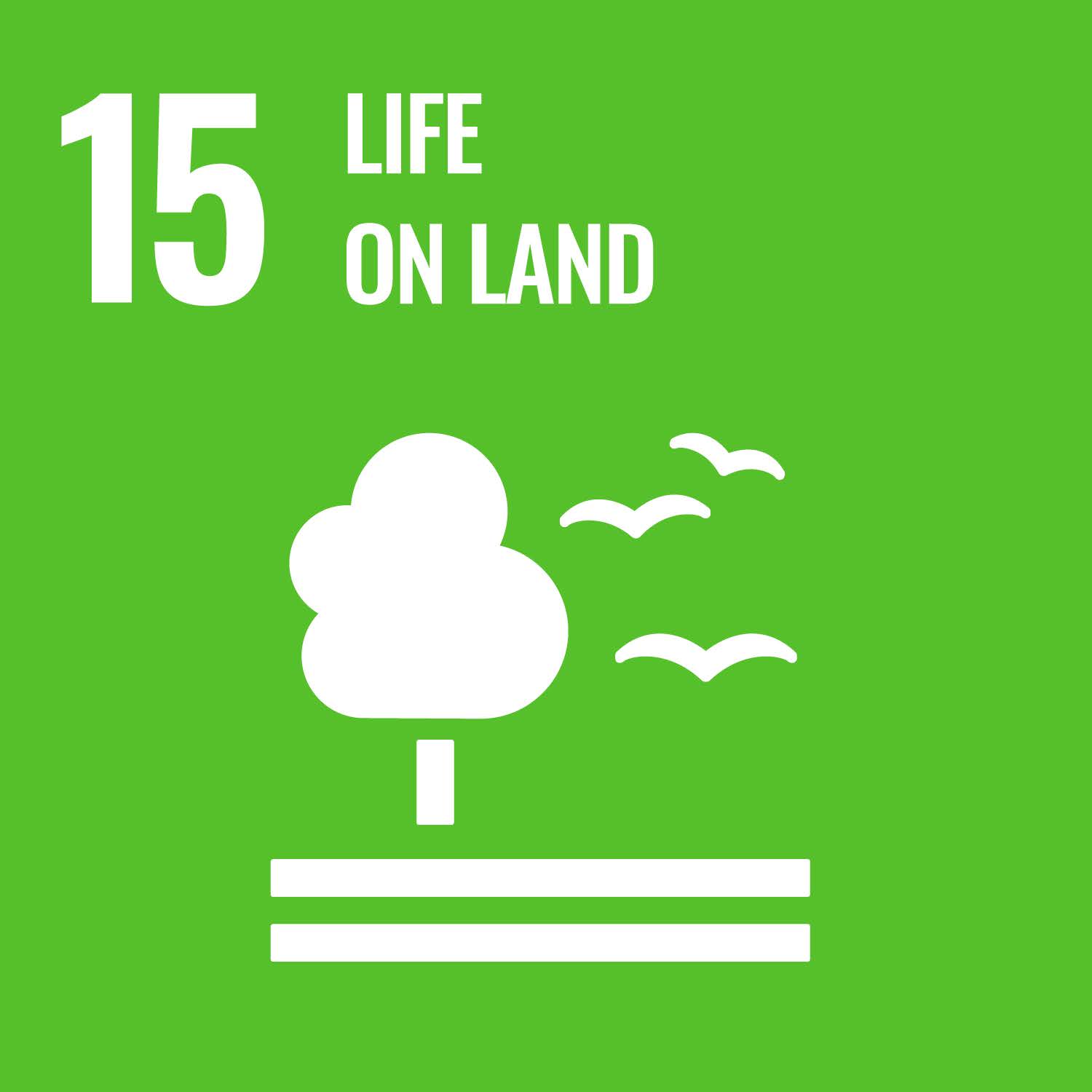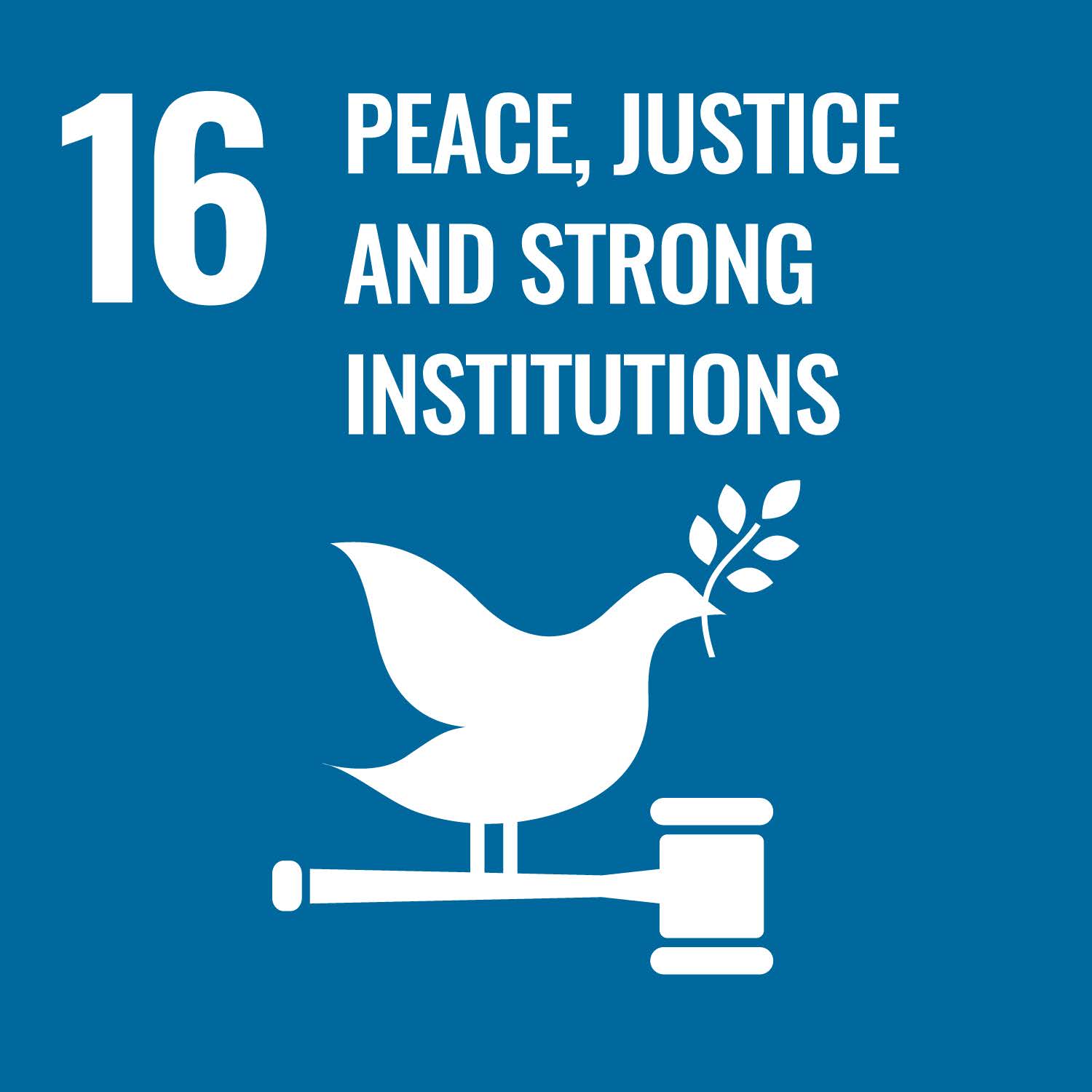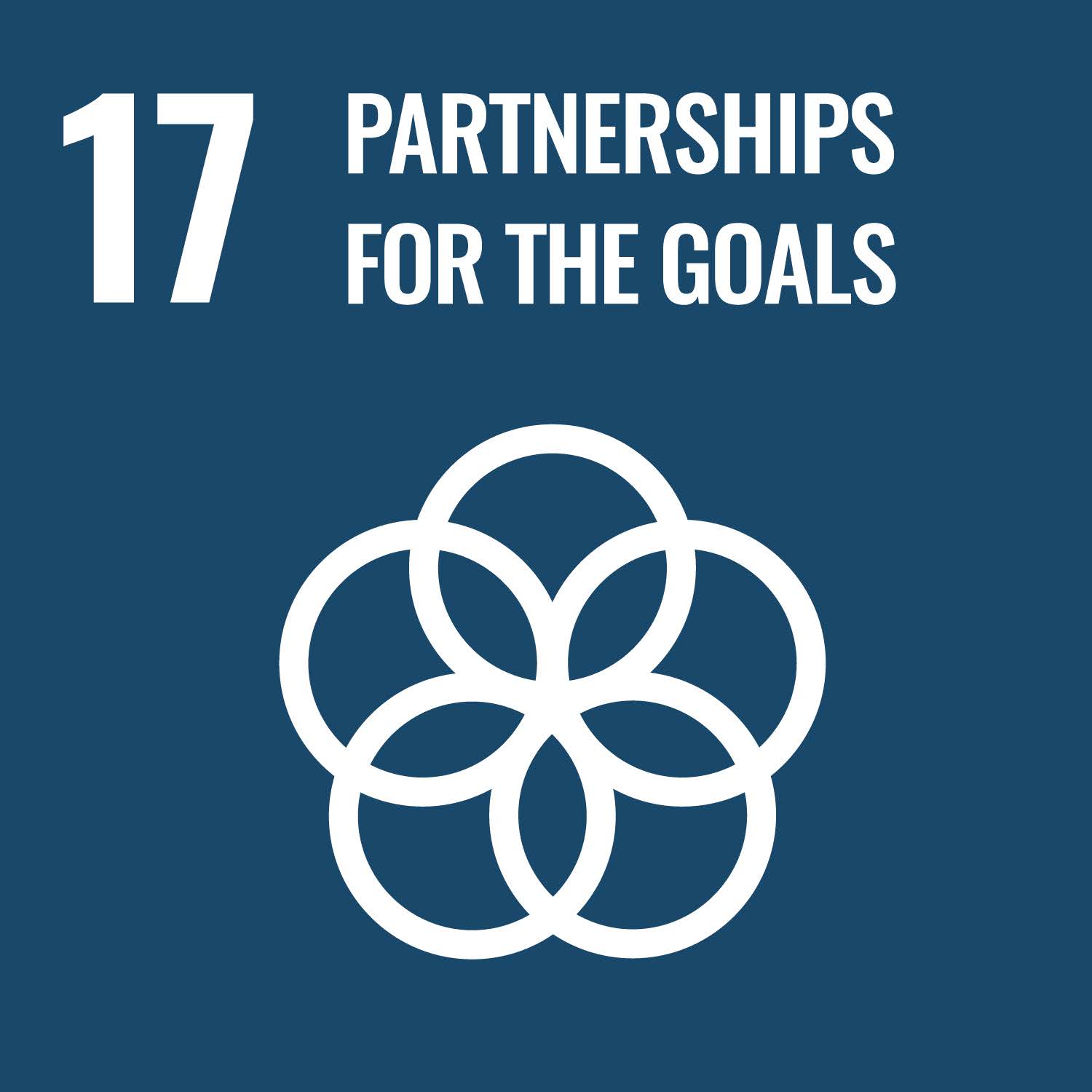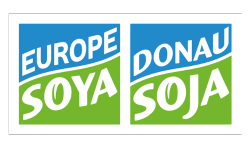The objective of SDG 13 is to adapt and combat climate change and its impacts by taking action at a global level. The
goal focuses on building resilience to climate-related hazards, integrating climate change measures into policies,
raising awareness about climate change, and mobilising financial resources for climate-related initiatives. Through
education, innovation and adherence to commitments it is possible to address climate change and protect the planet
and its inhabitants from its adverse effects.
Donau Soja Organisation
Donau Soja contributes to SDG 13 on three different levels:
Donau Soja elaborated the Donau Soja / Europe Soya Declarations to promote soya cultivation in Europe on an institutional level. Due to nitrogen-fixing capacities of legumes, this reduces the need for nitrogen fertiliser inputs, while at the same time improving crop rotation in a cereal-dominated European agricultural system.
On the level of soya bean production, Donau Soja organises training programs and field days for farmers. Specifically, the Donau Soja Farmers Handbook provides recommendations for farmers on measures that reduce greenhouse gas emissions and increase carbon sequestration.
On the level of soya bean consumption, Donau Soja puts high effort into communication and awareness raising on the environmental footprint of soya beans. Deforestation and land use change are responsible for eleven percent of global greenhouse gas (GHG) emissions. With its carbon footprint and Life Cycle Assessment (LCA) data Donau Soja highlights the potential for companies to take climate action within their own value chains by sourcing responsibly produced certified soya beans.
Donau Soja / Europe Soya Standard
To work towards SDG 13 especially Donau Soja / Europe Soya Standard principles 4, 8 and 9 are important.
Soils play an important role as carbon sink, therefore Donau Soja aims for the farmers to improve soil health and functionality. Required adequate measures to protect and improve soils and prevent erosion include a ban on burning stubble, the use of non-tillage techniques where possible, crop rotation and the use of cover crops (see principle 4).
According to principle 8 only agricultural land may be used for soya bean cultivation, thereby protecting carbon-rich ecosystems like forests, grasslands or wetlands from conversion for soya bean cultivation.
Donau Soja aims to raise farmers’ awareness on how to reduce GHG emissions and increase carbon sequestration on their farm. The farmer must identify and implement measures that minimize emissions, for example this can be achieved by increasing the share of renewable energies, implementing precision agriculture techniques, controlled traffic farming, or using lighter machinery. Additionally, the farmer must identify and implement measures to increase carbon sequestration on their farm for example by planting cover crops or applying intercropping practices (see principle 9).
SDG 13: Example activities
In 2020, Donau Soja commissioned the Dutch consultancy Blonk Consultants to assess the environmental impact of Donau Soja / Europe Soya certified soya bean cultivation in Croatia, Romania, Serbia and Ukraine. As part of the Life Cycle Assessment (LCA) the carbon footprint and other impact categories were assessed. Primary data was collected from more than 70 soya bean farmers who produce according to the Donau Soja / Europe Soya Standard. The results show a carbon footprint of 0.3 – 0.4 kilograms CO₂-equivalents per kilogram Donau Soja / Europe Soya certified soya beans. This corresponds to about half the emissions of an average European soya bean or about a tenth of the emissions of Brazilian soya beans with deforestation background. The full LCA datasets of Donau Soja / Europe Soya certified soya beans were published as branded datasets in relevant LCA databases (e.g. Agri-footprint, GFLI) and can be used by certified Donau Soja / Europe Soya companies downstream for reporting on scope 3 emissions, to show the reduced environmental impact in their value chains.
